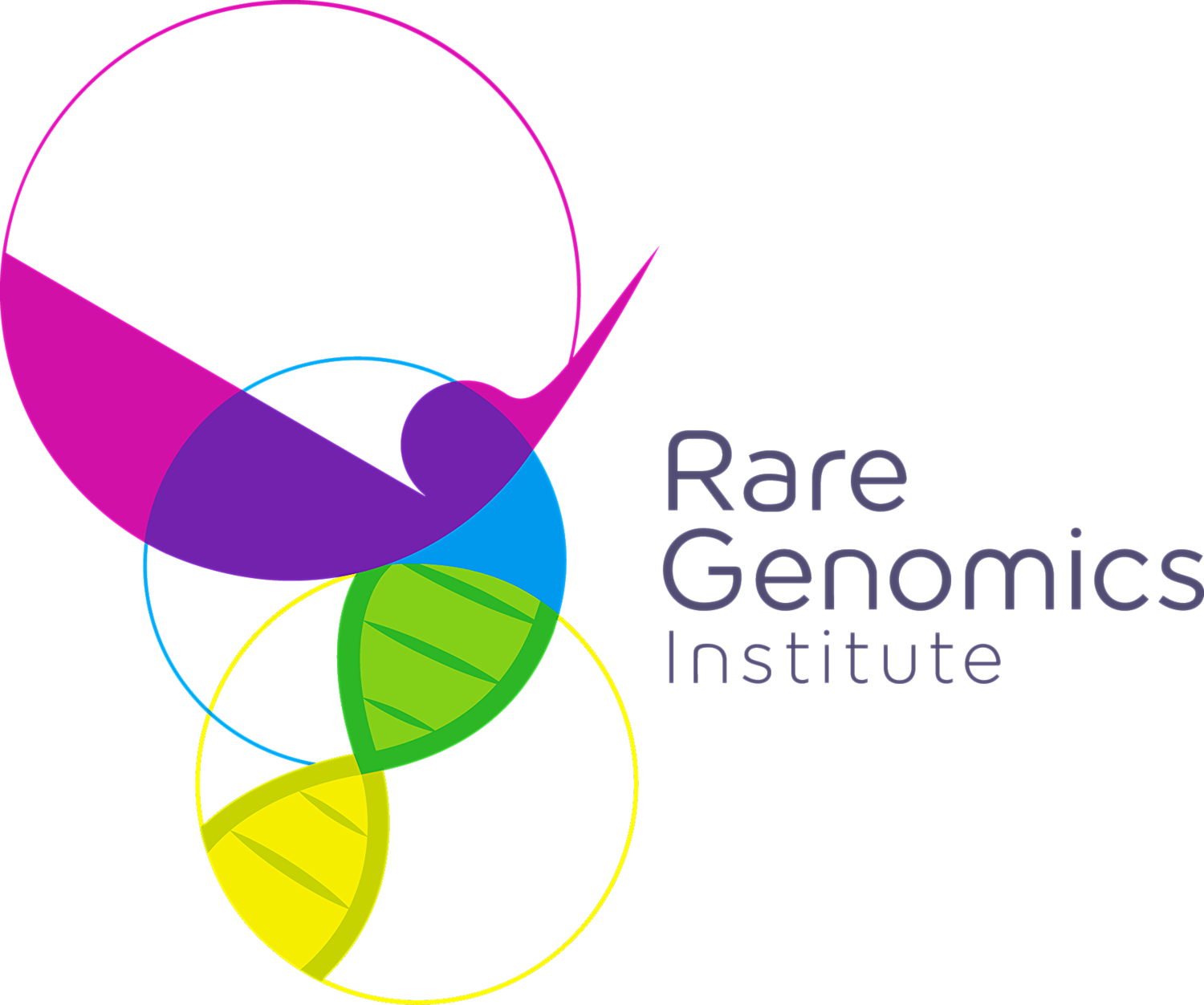Rare Genomics Institute Launches Free Rare Disease Device Program
/By HPC Live
In alignment with International Rare Disease Day, the Rare Genomics Institute (RG) has announced the launch of their RareWear program, a global philanthropic program designed to bridge rare disease patients with medical technology companies.
Patient application matching officially began Saturday.
The partnership-based program will begin with 3 medical device technology providers: Bodimetrics, Biotricity, and Strados Labs. Rare disease patients who apply can be eligible to receive free device technologies designed to better monitor and manage their conditions.
RG has also announced a collaboration with Inspire, a rare disease patient social network platform with over 2 million patients—700,000-plus of whom have a rare disease.
Jimmy Lin, founder of RG, told HCPLive® that rare diseases are often neglected or considered “afterthoughts” in the development of medical technologies. Despite this, the patient populations are often motivated and care-seeking. This partnership drives the connection that’s been lacking.
“Our hope is it benefits research,” Lin said. “Because rare diseases are so underserved, we’re characterizing diseases for the first time still. This can potentially provide a history of natural diseases, so we can understand the rare diseases, what their progression looks like.”
Shoman Kasbekar, director of the RareWear Initative, told HCPLive their pitch to the initial device partners was on the disease complexities and duration rare disease patients are frequently burdened with. On average, he noted, a patient undergoes about 5 years of symptoms, screenings, and treatment before being properly diagnosed with a rare disease.
“Helping them get management of their disease was absolutely needed,” Kasbekar said. “They’re also a fragmented population—using devices for monitoring was a powerful idea, as physicians are often unable to stay absolutely connected.”
RG began about a decade ago, with the intent to find new implementations of technology for rare disease care. They began with genome sequencing, Lin said, but understanding of disease progression and phenotype has not yet been established.
“Having a careful characterization of the patient phenotype is very critical,” he explained. “We have now gathered all this genetic data. With the rise of wearables and remote monitoring—how can this be used to understand patients?”
Shoman anticipates the patient-centric initiative may come to benefit drug investigators and development companies, as well. He noted the US Food and Drug Administration (FDA) has already identified devices and monitoring capabilities as a critical need for rare diseases.
“Those standards of device use have not been developed yet in rare disease,” he said. “There’s a great deal of potential here.”
Over the first year, Shoman and colleagues want to progress from providing rare disease patients standard device capability—cardiovascular monitoring, respiratory screening, etc.—to a broadened collaboration that invites developers of more varied devices: pain management and seizure monitoring devices may particularly benefit the patient population.
There’s high optimism surrounding the potential of bolstered rare disease monitoring.
“This will generate a lot of useful info,” Lin said. “Maybe not immediate results or new therapies or cures, but at least a better understanding of the disease and its path.”
Patients in need of medical device technologies can apply to be registered in the program here. For more information on the RareWear program and the use of wearable technologies in the rare disease space, view their website here. Medical technology groups interested in partnering with the Rare Genomics Institute in this effort can connect here.
Brought to you by:
Click here to sign up for more HCPLive® content and updates.
